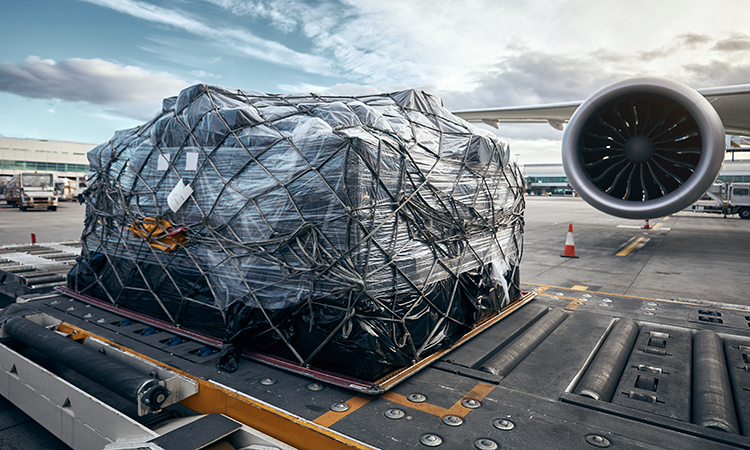Global air cargo demand reaches highest level since 1990 in March 2021
Posted: 5 May 2021 | International Airport Review | No comments yet
Global air cargo demand experienced an increase of 4.4 per cent in March 2021 compared to March 2019, the highest level since records began in 1990.


The International Air Transport Association (IATA) has released March 2021 data for global air cargo markets showing that air cargo demand continued to outperform pre-COVID-19 levels (March 2019), with demand up by 4.4 per cent.
Additionally, March 2021 demand reached the highest level recorded since the series began in 1990. Month-on-month demand also increased, albeit at a slower pace, with volumes up by 0.4 per cent in March over February 2021 levels.
Because comparisons between 2021 and 2020 monthly results are distorted by the extraordinary impact of COVID-19, unless otherwise noted, all comparisons to follow are to March 2019, which followed a normal demand pattern.
Global demand, measured in cargo tonne-kilometres (CTKs), was up by 4.4 per cent compared to March 2019 and 0.4 per cent compared to February 2021. This was a slower rate of growth than in February 2021, which saw demand increase by 9.2 per cent compared to February 2019. A weaker performance by Asia-Pacific and African carriers compared to February 2021 contributed to softer growth in March 2021.
Global capacity, measured in available cargo tonne-kilometers (ACTKs), continued to recover in March 2021, up by 5.6 per cent compared to February 2021. Despite this, capacity remans 11.7 per cent below pre-COVID-19 levels (March 2019) due to the ongoing grounding of passenger aircraft.
Airlines continue to use dedicated freighters to plug the lack of available belly-capacity. International capacity from dedicated freighters rose by 20.6 per cent in March 2021 compared to the same month in 2019, and belly-cargo capacity of passenger aircraft dropped by 38.4 per cent.
Underlying economic conditions remain supportive for air cargo. This is evidenced in the new export orders component of the manufacturing Purchasing Managers’ Index (PMI), which stood at 53.4 in March. Results above 50 indicate manufacturing growth versus the prior month.
Demand for exports grew broadly in March 2021. This was concentrated in developed countries during January and February 2021. Delivery times for manufactured goods are also increasing, which normally indicates increased demand for air cargo in efforts to reduce shipping time. Global trade rose by 0.3 per cent in February 2021 – the ninth consecutive monthly increase and the longest continuous growth in more than two decades.
“Air cargo continues to be the bright spot for aviation. Demand reached an all-time high in March 2021, up by 4.4 per cent compared to pre-COVID-19 levels (March 2019), and airlines are taking all measures to find the needed capacity. The crisis has shown that air cargo can meet fundamental challenges by adopting innovations quickly. That is how it is meeting growing demand, even as much of the passenger fleet remains grounded. The sector needs to retain this momentum post-crisis to drive the sector’s long-term efficiency with digitalisation,” said Willie Walsh, IATA’s Director General.
Stay Connected with International Airport Review — Subscribe for Free!
Get exclusive access to the latest airport and aviation industry insights from International Airport Review — tailored to your interests.
✅ Expert-Led Webinars – Gain insights from global aviation leaders
✅ Weekly News & Reports – Airport innovation, thought leadership, and industry trends
✅ Exclusive Industry Insights – Discover cutting-edge technologies shaping the future of air travel
✅ International Airport Summit – Join our flagship event to network with industry leaders and explore the latest advancements
Choose the updates that matter most to you.
Sign up now to stay informed, inspired, and connected — all for free!
Thank you for being part of our aviation community. Let’s keep shaping the future of airports together!
Related topics
Aeronautical revenue, Air freight and cargo, Airside operations, COVID-19

















